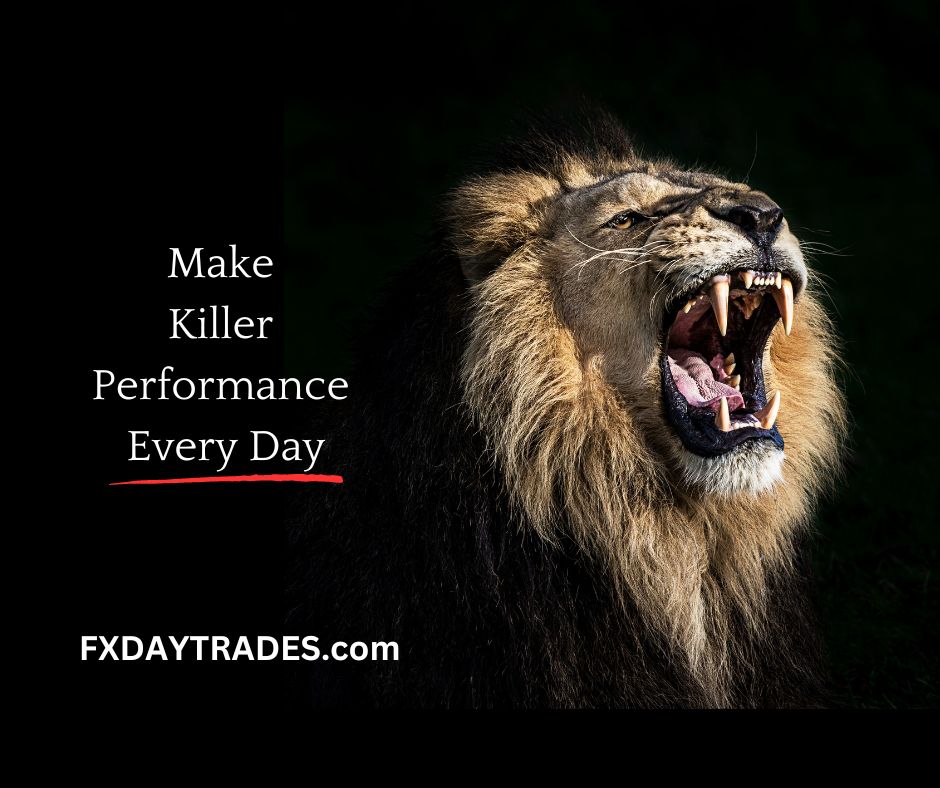The video discusses trading gold, including the difference between ETFs and ETNs, leveraged funds, and the importance of the 200-day moving average. The speaker also mentions their experience with trading gold and gives tips on support and resistance, targets, and technical indicators. The video wraps up with a message of encouragement to keep learning from mistakes and believing in oneself.
Understanding Gold Trading: The Differences Between ETFs and ETNs
Gold is one of the most sought-after commodities in the world of trading, but with the proliferation of different investment vehicles, it can be difficult to understand how to invest in it properly. This article will focus on the differences between electronically traded funds (ETFs) and electronically traded notes (ETNs) and how they affect the way we invest in gold.
What is Gold ETF?
Gold ETF is an electronically traded fund that is backed by physical gold. When an investor buys a share of this ETF, they are essentially buying a fractional share of the gold owned by the fund. The value of the ETF is directly tied to the price of gold, so as gold prices rise, so does the value of the ETF. Investors can buy and sell shares of this ETF throughout the trading day just like a regular stock.
What is Gold ETN?
Gold ETN, on the other hand, is an electronically traded note that is essentially a promissory note issued by the issuer. Unlike an ETF, ETNs do not hold any physical assets but rather track the performance of an underlying index or benchmark. This means that the value of an ETN is dependent not only on the performance of the underlying asset, but also on the creditworthiness of the issuer. ETNs trade like stocks and can be bought and sold throughout the trading day.
Understanding Leveraged ETFs
Leveraged ETFs allow investors to magnify their gains (or losses) by providing 2x or 3x the return of the underlying index or asset. For example, if gold were to go up 1%, a 3x leveraged gold ETF would go up 3%. Similarly, if gold were to go down 1%, the same ETF would go down 3%. These ETFs are ideal for investors who want to make big moves while maintaining a small position.
The Risks of ETNs
As mentioned earlier, ETNs do not hold any physical assets but rather track the performance of an underlying index or benchmark. Because of this, the value of an ETN is dependent not only on the performance of the underlying asset, but also on the creditworthiness of the issuer. This means that if an issuer were to go bankrupt or default on its debt, investors could lose their entire investment. It is therefore important to research the creditworthiness of the issuer before investing in an ETN.
Using Technical Analysis
Technical analysis is a method of analyzing securities that focuses on chart patterns and statistical indicators. For gold traders, technical analysis is often used to determine when to buy or sell a position. The 200-day moving average is a popular tool used by technical analysts to determine trends in the market. When gold prices fall below the 200-day moving average, it is often seen as a bearish signal, and when prices rise above it, it is often seen as bullish.
Understanding Support and Resistance
Support and resistance are two important concepts in technical analysis. Support refers to a price level where a security has historically had difficulty falling below, while resistance refers to a price level where a security has historically had difficulty moving above. These levels are often used by traders as buy or sell signals. When a security falls below support, it is often seen as a bearish signal, and when it rises above resistance, it is often seen as bullish.
Conclusion
Gold trading can be confusing, but by understanding the differences between ETFs and ETNs, leveraging, technical analysis, and support and resistance, investors can make better-informed decisions when it comes to investing in gold. However, it is important to remember that all investments come with risks, and proper due diligence and risk management should always be employed.

